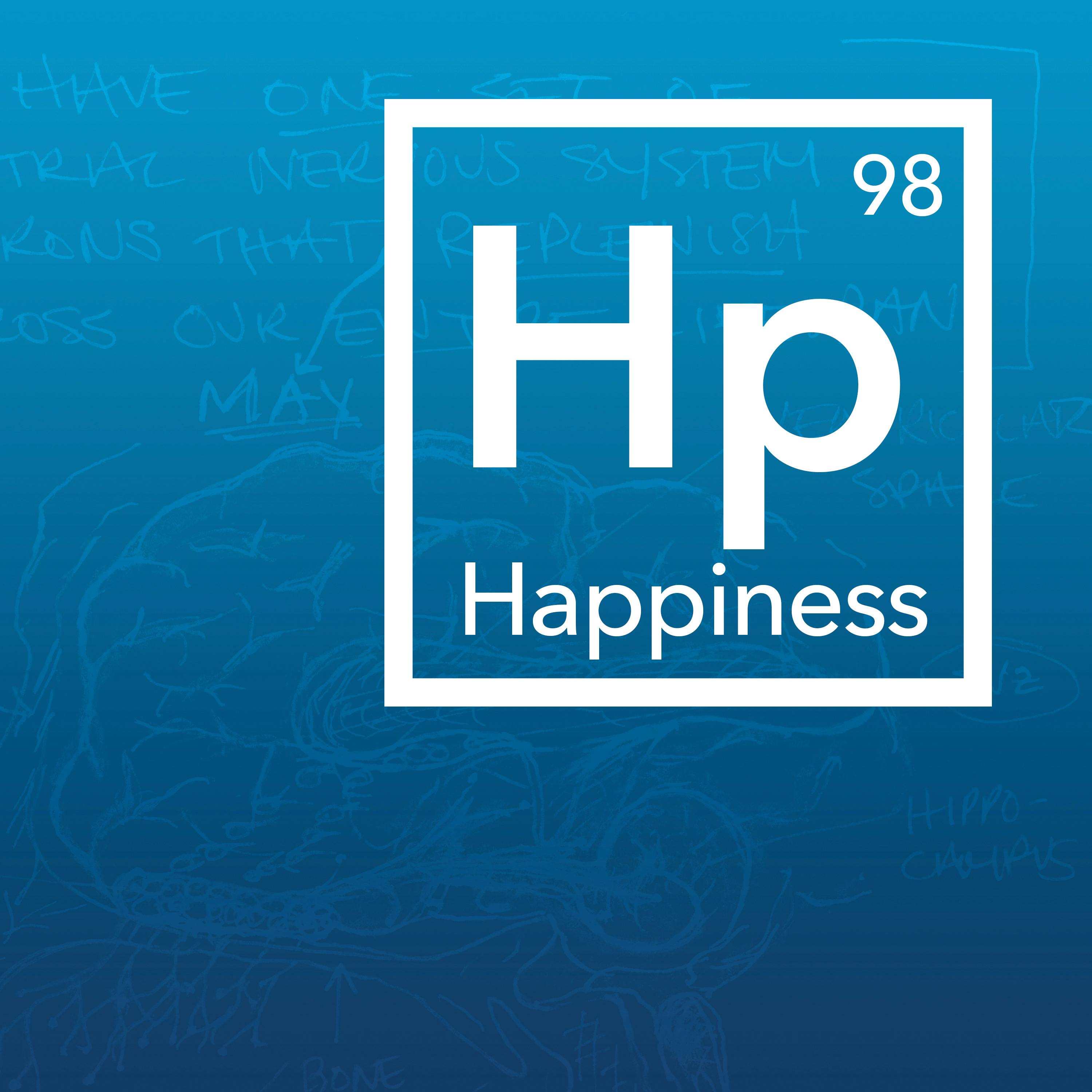
November 14, 2022 • 2hr 21min
Science-Based Tools for Increasing Happiness
Huberman Lab

Key Takeaways
- Happiness involves both "natural happiness" from external rewards/achievements and "synthetic happiness" that we can generate internally
- Quality social connections are crucial for happiness, including brief interactions and non-verbal bonding like eye contact
- Focusing attention on the present moment and current activities increases happiness more than mind wandering
- Prosocial spending (using money to benefit others) boosts happiness more than personal spending
- Having fewer choices after making a decision leads to greater satisfaction than keeping options open
- Physical touch and "allogrooming" behaviors release oxytocin and promote bonding/wellbeing
- While money doesn't directly buy happiness, it can buffer stress and provide opportunities for happiness-promoting activities
- Meditation and other focus-building practices enhance our ability to engage in happiness-promoting behaviors
Introduction
In this episode, Dr. Andrew Huberman explores the science of happiness, including different types of happiness and how our actions, circumstances, and mindset influence them. He discusses research on what factors contribute most to happiness and outlines evidence-based tools and practices to increase both "natural" and "synthetic" forms of happiness. The episode covers neurochemical, psychological, and behavioral aspects of happiness, aiming to provide a comprehensive framework for understanding and cultivating greater happiness.
Topics Discussed
Defining and Measuring Happiness (0:00)
Huberman begins by acknowledging the challenges in precisely defining and measuring happiness:
- Language is imprecise for describing internal emotional states
- There's no single "happiness molecule" or brain signature
- Happiness involves a complex interplay of neurochemicals like dopamine, serotonin, oxytocin
- Self-reported happiness measures have limitations but still provide useful data
He emphasizes that while we can't perfectly quantify happiness, we can still have meaningful scientific discussions about factors that reliably influence it.
Natural vs. Synthetic Happiness (1:08:14)
Huberman introduces two key types of happiness:
- Natural happiness: Derived from external rewards, achievements, or acquisitions
- Synthetic happiness: Generated internally through mindset, focus, and behaviors
He notes that synthetic happiness, despite its name, is just as "real" and potentially more powerful than natural happiness. The episode explores tools for cultivating both types.
The Harvard Happiness Project and Income Effects (26:32)
Huberman discusses findings from the long-running Harvard Study of Adult Development:
- Income has a surprisingly weak effect on happiness once basic needs are met
- However, money can indirectly promote happiness by buffering stress and providing opportunities
- Social connections were consistently found to be crucial for long-term wellbeing
He cautions against oversimplifying these results, noting that financial security is still important for reducing stress and accessing happiness-promoting activities.
Prosocial Spending and Happiness (1:24:50)
Huberman highlights research showing that using money to benefit others boosts happiness more than personal spending:
- Employees who spent more of their bonuses on others were happier than those who spent on themselves
- The act of giving itself often brought more happiness than the size of the bonus
- Knowing how one's giving positively impacts others amplifies the happiness boost
This demonstrates how we can leverage financial resources to promote greater wellbeing through generosity and social connection.
Focus, Mind Wandering, and Happiness (1:31:55)
Huberman discusses research showing that a wandering mind is often an unhappy mind:
- People reported being less happy when their minds wandered, even to pleasant topics
- Focusing attention on the present activity increased happiness, even for unpleasant tasks
- Brief daily meditation can improve focus and indirectly boost happiness
This highlights the importance of presence and engagement for wellbeing, rather than constantly evaluating or reimagining our circumstances.
Quality Social Connections (1:39:40)
Huberman emphasizes that social connections are consistently linked to happiness, but clarifies what "quality" connection means:
- Even brief, seemingly superficial interactions can be meaningful if we're present
- Eye contact is important, but should involve a natural rhythm of engagement and breaks
- Deep conversations aren't always necessary - sharing mundane details can create intimacy
- Engaging with pets can provide similar bonding benefits through oxytocin release
He encourages cultivating a range of social connections, from brief daily interactions to deeper relationships.
Physical Contact and Allogrooming (1:54:00)
Huberman introduces the concept of "allogrooming" - non-sexual physical contact that promotes bonding:
- Examples include brushing someone's hair, giving a massage, or petting an animal
- Activates C-tactile nerve fibers and releases oxytocin, creating feelings of connection
- Explains some of the mood-boosting effects of interacting with pets
This highlights how even simple forms of touch can significantly impact our sense of wellbeing and connection.
Freedom, Choice, and Synthetic Happiness (2:03:00)
Huberman discusses counterintuitive findings on choice and happiness:
- Having many ongoing choices often reduces happiness compared to committing to one option
- People report greater satisfaction when forced to stick with a choice vs. having the option to change
- This may relate to how attention and reward circuitry in the brain process options
He emphasizes that while having choices is good, we may benefit from limiting our options after making important decisions.
Happiness Toolkit (2:11:57)
Huberman synthesizes the research into a framework for cultivating happiness:
- Meaning and Connection: Cultivate purpose and quality social bonds
- Performance and Resources: Pursue goals and ensure basic needs are met
- Presence and Focus: Practice staying engaged with current activities
- Prosocial Behaviors: Look for opportunities to help others
- Physical Wellbeing: Prioritize sleep, exercise, and stress management
He emphasizes that happiness requires ongoing effort and attention, but these evidence-based approaches can significantly improve our baseline wellbeing.
Conclusion
Dr. Huberman concludes by emphasizing that while happiness is complex and individually variable, scientific research provides clear guidance on factors that reliably contribute to greater wellbeing. By understanding both natural and synthetic forms of happiness, we can take a more active role in cultivating positive emotional states. He encourages listeners to experiment with the various tools discussed, recognizing that small, consistent actions can lead to meaningful improvements in overall life satisfaction and happiness.







